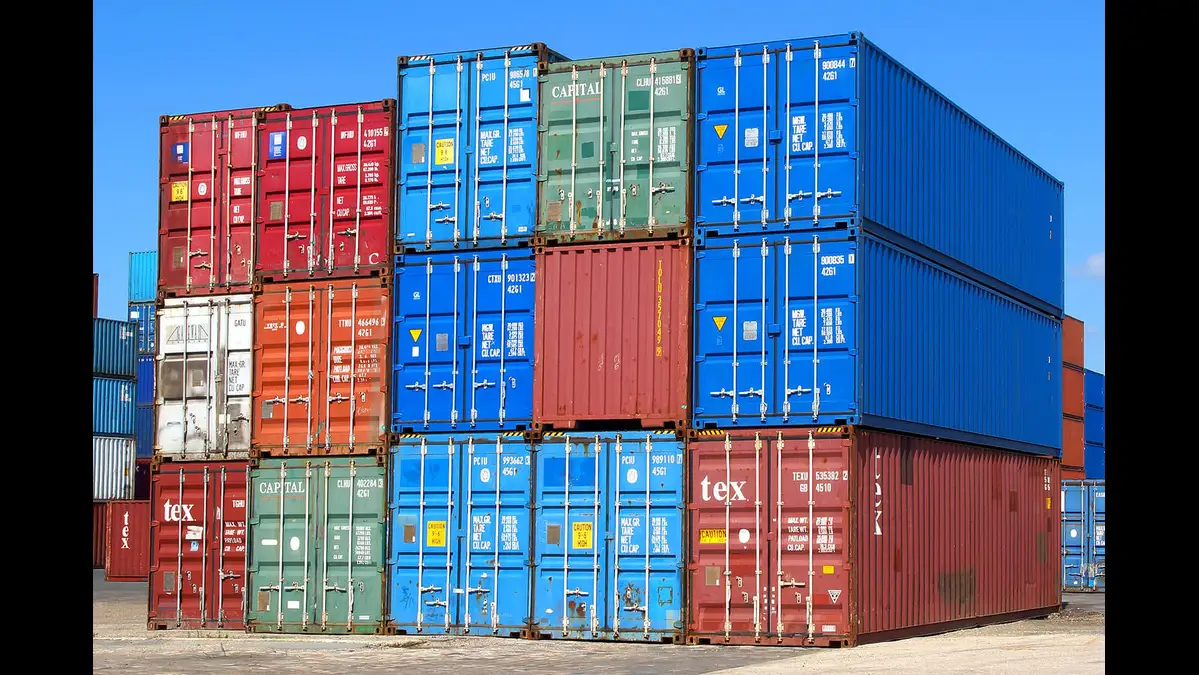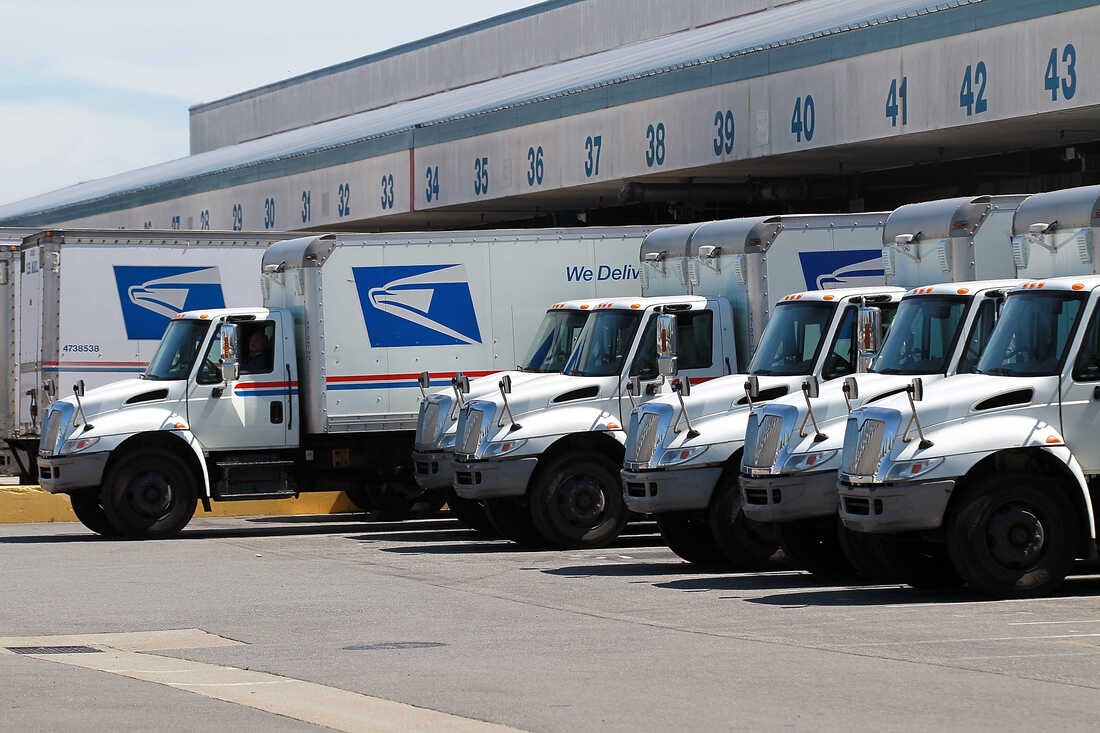When it comes to cooking, precision is critical. Every ingredient plays a vital role in the final dish, and understanding tare weight can elevate your culinary skills. Whether you’re an amateur chef or a seasoned pro, grasping this concept will help you create delicious meals with accuracy.
Tare weight isn’t just another kitchen term; it’s the secret weapon of home chefs who want to ensure their recipes turn out perfectly every time. From baking treats that rise just right to crafting savory dishes where each flavor shines through, knowing how to measure tare weight opens up new kitchen creativity avenues.
So, let’s explore what tare weight means and why it matters so much when creating your next masterpiece!
What is Tare Weight?
Tare weight refers to the weight of a container or vessel that holds your ingredients. When measuring food, it’s essential to account for this weight to determine how much product you’re getting.
For example, if you place flour in a bowl, the bowl itself adds extra weight. To measure the flour accurately, you need to subtract that bowl’s weight from the total.
This concept is crucial in both cooking and baking. Even slight discrepancies can significantly alter recipes. By understanding tare weight, home chefs can achieve greater accuracy with their measurements.
Many modern kitchen scales come with a tare function that allows you to reset the scale to zero after placing your container on it. This feature simplifies tracking ingredient amounts and eliminates guesswork during meal preparation.
Importance of Tare Weight in Cooking
Understanding tare weight is essential for any home chef. It ensures you have only the ingredients needed for your recipe, excluding unnecessary container weights.
Accuracy matters when baking or cooking. A slight miscalculation can alter flavors and textures. By using tare weight, you achieve consistent results every time.
It also simplifies the process of weighing multiple ingredients. You can reset the scale after placing each item, making it easier to follow complex recipes without hassle.
Moreover, knowing how to utilize tare weight promotes better portion control. This is particularly useful when managing dietary needs or preparing meal preps.
Mastering this technique enhances your culinary skills and boosts confidence in the kitchen. Embracing tare weight lets you focus on creativity rather than calculations during your cooking adventures.
How to Measure Tare Weight
Measuring tare weight is a straightforward process that ensures accuracy in your cooking. Start by placing an empty container on the scale. This could be a bowl, cup, or any ingredient you’ll use.
Once positioned, she zeroed out the scale using the “tare” fu” action.” This button resets the display to zero while keeping the container in place.
Next, add your desired ingredient to the container. The displayed weight reflects only that ingredient since you’ve accounted for its container containers.
If you’re using multiple ingredients separately, repeat this with each item to maintain precision throughout your recipe.
Tare weights guarantee consistency and minimize food waste by allowing exact measurements without extra calculations. It’s a site’s step, but it can significantly elevate your home cooking experience!
Tips for Using Tare Weight in Recipes
Using tare weight can elevate your cooking experience. Start by placing your empty container on the scale first. This gives you a clear baseline.
Next, zero out the scale before adding ingredients. This ensures you’re me. You’ll only know what a new hat’ sor is in your recipe. It simplifies calculations and minimizes waste.
Keep a notebook or app handy to jot down measurements as you go along. Tracking these details will help you replicate dishes perfectly next time.
Consider using transparent containers to see ingredient levels without lifting them off the scale. This makes it easier to manage multiple items at once.
Embrace flexibility! Cooking is an art, not just science. Adjust the amounts as necessary when experimenting with flavors or textures based on your tare measurements.
Common Mistakes to Avoid
One common mistake when working with tare weight is neglecting to zero your scale before placing an empty container on it. This simple step ensures that only the weight of the ingredients counts.
Another pitfall needs to be to account for the weight of added ingredients. For example, subtract your tare weight from your total measurement by measuring flour in a bowl.
Many home chefs also need to pay more attention to accurately weighing liquid ingredients. Volume measurements can lead to consistency in recipes, especially when precision matters.
Be cautious with ingredient changes during cooking. Adjusting quantities mid-recipe without recalibrating your weights can throw off the entire dish’s baldish’snd flavor profile.
By avoiding these mistakes, you’ll enhance the accuracy and consistency of your culinary creations.
Tare Weight Tools and Equipment
Having the right tools can make all the difference when measuring tare weight. A digital kitchen scale is one of the most reliable devices for this task. It provides accurate readings and often features a tare function that automatically subtracts container weight.
A mechanical scale can also be practical for those who prefer traditional methods. Just remember to zero out your scale before placing any ingredients inside.
Measuring cups with built-in volume markings are handy, too. They allow you to track liquid and dry ingredients without needing separate containers.
Don’t forgDon’tout mixing bowls! Using lightweight bowls minimizes added weight when weighing components like flour or sugar, ensuring precision in each recipe.
Investing in quality equipment not only simplifies your cooking process but also greatly enhances your culinary results. Choose wisely based on your cooking style and needs.
Incorporating Tare Weight into Meal Planning
Incorporating tare weight into meal planning can simplify your cooking process. Start by weighing containers before adding ingredients. This ensures you know exactly how much food you use, leading to accurate portions.
When prepping meals for the week, weigh each component separately. This way, you can balance macros and effortlessly maintain nutritional goals. It also helps reduce food waste since you’ll use amounts.
Consider labeling containers with their tare weights for quick reference during busy kitchen sessions. This minor adjustment can make a big difference in organization and efficiency.
Additionally, when scaling recipes up or down, knowing the tare weight allows for easy adjustments without unnecessary guesswork. Embracing this practice makes meal prep smoother and more enjoyable—something every home chef will appreciate!
Conclusion
Understanding tare weight is essential for any home chef looking to elevate their cooking game. By grasping what tare w eight means and how it impacts your measurements, you can ensure accuracy in your recipes. This precision will lead to better results and a more enjoyable cooking experience.
Measuring tare weight correctly takes practice, but with the right tools and techniques, it will become second nature. Avoid common pitfalls by consistently accounting for the container’s weight. With containers established, incorporating tare weight into meal planning becomes seamless.
As you refine your culinary skills, remember that every detail matters in the kitchen. Tare weight might seem like a small aspect of cooking, but its implications are significant for achieving perfect dishes each time you cook. Embrace this knowledge as part of your journey toward becoming an accomplished home chef. Happy cooking!










